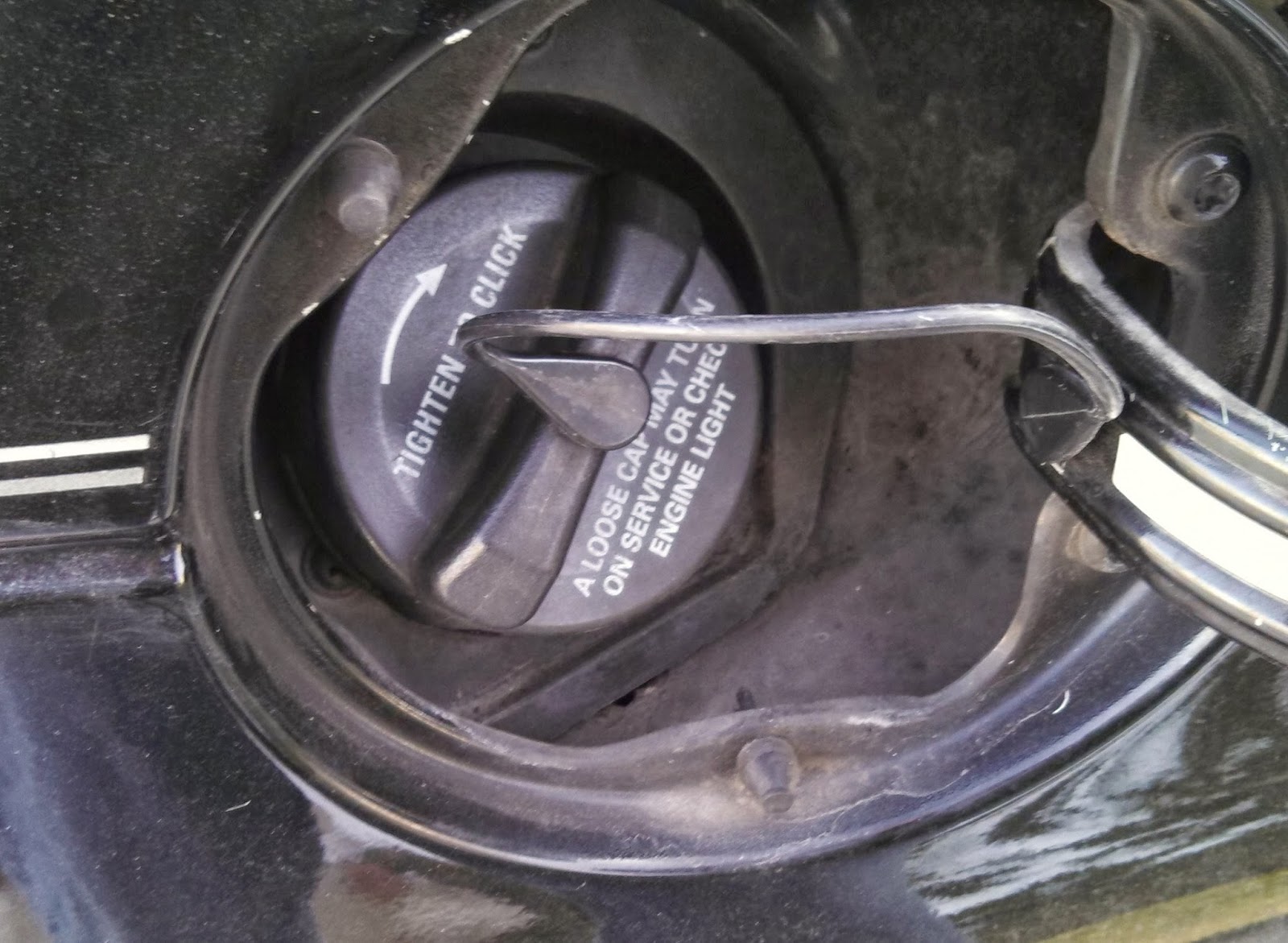
Ever glanced at your dashboard and noticed that dreaded check engine light glaring back at you? It's a heart-stopping moment for any driver, conjuring up images of expensive repairs and car trouble. But surprisingly, the culprit might be something as simple as a loose or missing gas cap. Yes, you read that right. This seemingly minor oversight can trigger that ominous warning light and cause unnecessary stress. But why does a loose gas cap trigger the check engine light? Let's unravel this automotive mystery.
Your car is a complex machine with various interconnected systems working in harmony. One such system, crucial for environmental protection, is the Evaporative Emission Control (EVAP) system. This system prevents fuel vapors from escaping into the atmosphere. A loose gas cap compromises the integrity of the EVAP system, allowing these vapors to leak. This leak is detected by your car's onboard computer, which then illuminates the check engine light to alert you to the problem.
The EVAP system's history dates back to the 1970s, when stricter emission regulations were introduced to combat air pollution. The introduction of the EVAP system was a significant step towards reducing harmful emissions from vehicles. It plays a vital role in maintaining air quality and protecting the environment.
The importance of a properly sealed gas cap can't be overstated. Beyond triggering the check engine light, a loose gas cap can lead to fuel evaporation, reducing your mileage and costing you money at the pump. It also contributes to air pollution, impacting the environment. Understanding the link between a loose gas cap and the check engine light is essential for every car owner.
Modern cars are equipped with sophisticated diagnostic systems. When a loose gas cap triggers the check engine light, the system stores a specific diagnostic trouble code (DTC) related to the EVAP system. A mechanic can use a code reader to retrieve this code, pinpointing the problem and confirming whether a loose gas cap is indeed the culprit.
One of the primary benefits of having this system is its preventative nature. By alerting you to a loose gas cap, it prevents further issues like potential damage to other components of the EVAP system. Additionally, it encourages regular checks of the gas cap, promoting mindful car maintenance.
Another benefit is cost savings. Tightening a loose gas cap is a free and easy fix compared to more complex repairs that might be necessary if the problem is ignored. Identifying a simple issue early can save you hundreds of dollars in potential repairs down the road.
Finally, by promptly addressing the loose gas cap issue, you're contributing to a cleaner environment. By preventing fuel vapors from escaping, you are playing your part in reducing harmful emissions and protecting our planet.
If your check engine light is on, the first thing you should do is check your gas cap. Make sure it’s tightly secured by turning it clockwise until you hear a click. After tightening the cap, drive your car for a few days. In many cases, the check engine light will turn off automatically once the computer detects that the EVAP system is sealed again.
Advantages and Disadvantages of the EVAP System
| Advantages | Disadvantages |
|---|---|
| Reduces air pollution | Can be complex and expensive to repair if a major component fails |
| Improves fuel economy | Can trigger the check engine light for seemingly minor issues like a loose gas cap |
| Protects the environment | Requires periodic maintenance and checks |
Frequently Asked Questions:
1. Will a loose gas cap always trigger the check engine light? Not always, it might take some driving before the computer detects the leak.
2. Can I drive with a loose gas cap? Yes, but it's not recommended as it wastes fuel and contributes to pollution.
3. How long does it take for the check engine light to reset after tightening the gas cap? It can take a few days or several driving cycles.
4. What if the check engine light stays on after tightening the gas cap? There might be another issue with the EVAP system, consult a mechanic.
5. Can I tighten the gas cap too much? Yes, avoid over-tightening as it can damage the cap or the fuel tank neck.
6. Is a check engine light due to a loose gas cap a serious issue? It’s not a critical emergency, but it should be addressed promptly.
7. Can a damaged gas cap cause the check engine light to illuminate? Yes, a cracked or damaged gas cap won't seal properly.
8. How much does it cost to replace a gas cap? Gas caps are relatively inexpensive, usually ranging from $10 to $30.
Tips and Tricks: Always check your gas cap after refueling. Make it a habit to listen for the click to ensure it's properly sealed. Visually inspect your gas cap periodically for any cracks or damage.
In conclusion, while a glowing check engine light can be alarming, it doesn't always signify a catastrophic problem. Understanding the connection between a loose gas cap and this warning light can save you time, money, and unnecessary stress. The EVAP system and its connection to your gas cap play a crucial role in protecting our environment. By being proactive and addressing a loose gas cap promptly, you're not only taking care of your car but also contributing to a cleaner planet. Regular maintenance, including checking your gas cap, is a small but significant step towards responsible car ownership. Don't ignore that warning light – a simple check could be all that's needed. Remember, a little attention to detail can go a long way in ensuring the health of your car and the environment.
Elevate your drive exploring the rav4 limiteds luxurious embrace
Banish leg spots your guide to clearer skin
Unlocking the power of birthday cake photos













